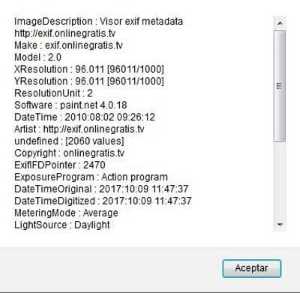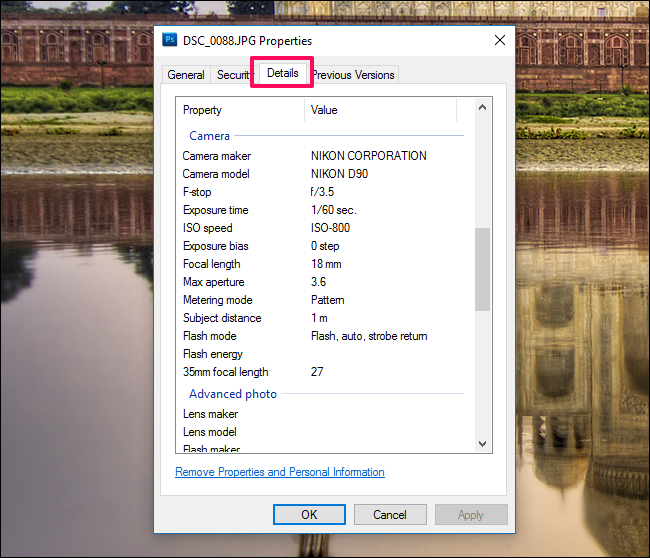
That unit looks quite nice, and it seems to be a great solution for many. (To have something tethered to the camera would be fairly awkward, I think). My Nikon D200 can be hooked directly to a GPS unit and automatically encode pictures with the appropriate data…. I’d certainly like not to have these downsides, but I think it’ll be a while before a built-in GPS unit will be good enough yet small enough to add to a full-size SLR to make it a real value…. The downsides of what I do is that I must be sure that the camera clock is set correctly (the GPS clock will always be correct when its talking to the satellite), and that I must remember to bring my GPS unit, and remember to turn the tracking on, and must be sure that I download the track before its memory fills. While I’m updating the Exif data with the GPS stuff, I also add my name and copyright and human-readable location info (e.g. When I get home, I correlate the data from the track with the pictures (via the picture timestamp). What I do: I have my GPS unit keep a track updated every second or so.

(To have something teathered to the camera would be fairly awkard, I think).Īs for manual geoencoding, I don’t do that, either. Many have their Exifįinally, I should note that my viewer makes use of Phil Harvey's mostīuilt-in GPS is cool, but at this stage I don’t think I’d like it built in unless I knew it was at least as good/accurate/fast as the current crop off GPS handhelds. I use the viewer a lot on images I see in the Digital Photography Review Samples and You're viewing a page with an image you want to check out, just click theīutton and you'll be whisked to a new tab showing the image's data.
ONLINE EXIF METADATA VIEWER INSTALL
Safari, you have the added benefit that you can install an Exif-viewerīutton on your button-bar toolbar.

You can also check images on your local hard drive - images directly fromĪ camera generally have the most information. A Qualitative Analysis of NEF Compression.

Photoshop Calendar-Template-Building Script.


 0 kommentar(er)
0 kommentar(er)
